From Health Innovation to Human Connection: What Role Should Technology Play?
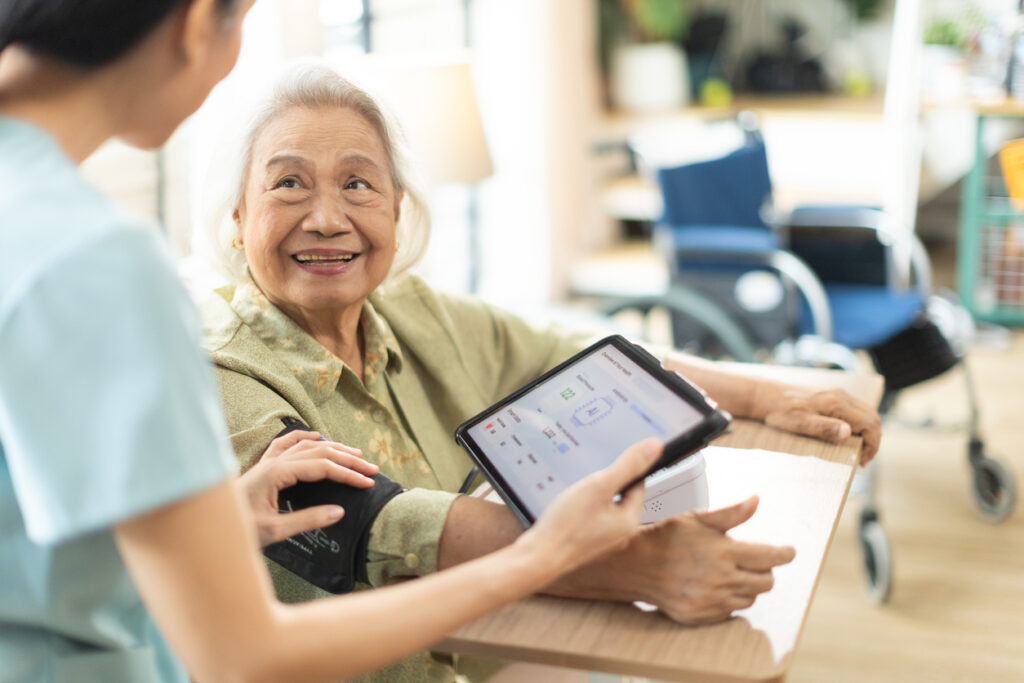
Health Innovation
Technology, social media and artificial intelligence (AI) are rapidly changing the way we think about social connection. They can act as friendship machines, map community needs, scale up interventions once limited by resources, help us spot the early warning signs of loneliness and connect communities globally. Used well, these tools don’t just improve efficiency & connection they also expand the reach of care, allowing public services to meet people where they are
We’ve already seen promising glimpses of this in practice: AI-driven analysis uncovering hidden patterns of social isolation, digital/social media platforms that bring together groups separated by distance and tools that enable health services to reach people who might otherwise slip through the cracks, such as; voice recognition and text-to-speech technologies, and automated translation services that break down language barriers – all lifelines that can reduce social isolation and build a sense of belonging.
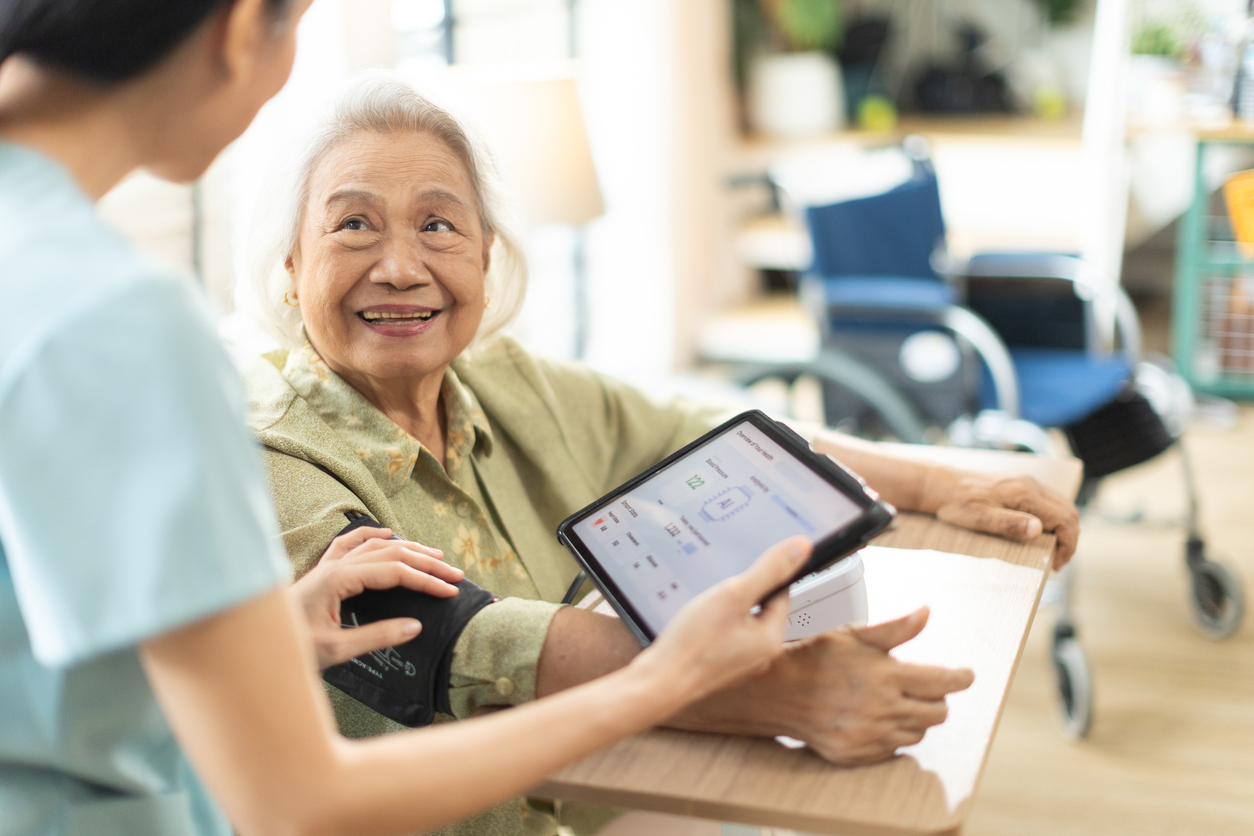
The Double Edge of Digital Connection
Social media, in particular, plays a complicated role.
Young people are often the first to adopt new digital platforms, making them both pioneers and test cases for how technology impacts connection.
For many young people, it’s a lifeline: a place to belong, get support, share experiences, and form friendships that might not exist offline. Yet these same platforms can also intensify comparison, exclusion, and feelings of isolation. This paradox is at the heart of how digital connection shapes loneliness today, and why we need to explore it’s impact further, especially for the younger generations to come.
With AI companions, algorithm-driven social media feeds and app design itself becoming more present in our lives – design choices now shape how we connect and whether our ‘digital worlds’ feel like bright, welcoming spaces or dark, lonely corridors.
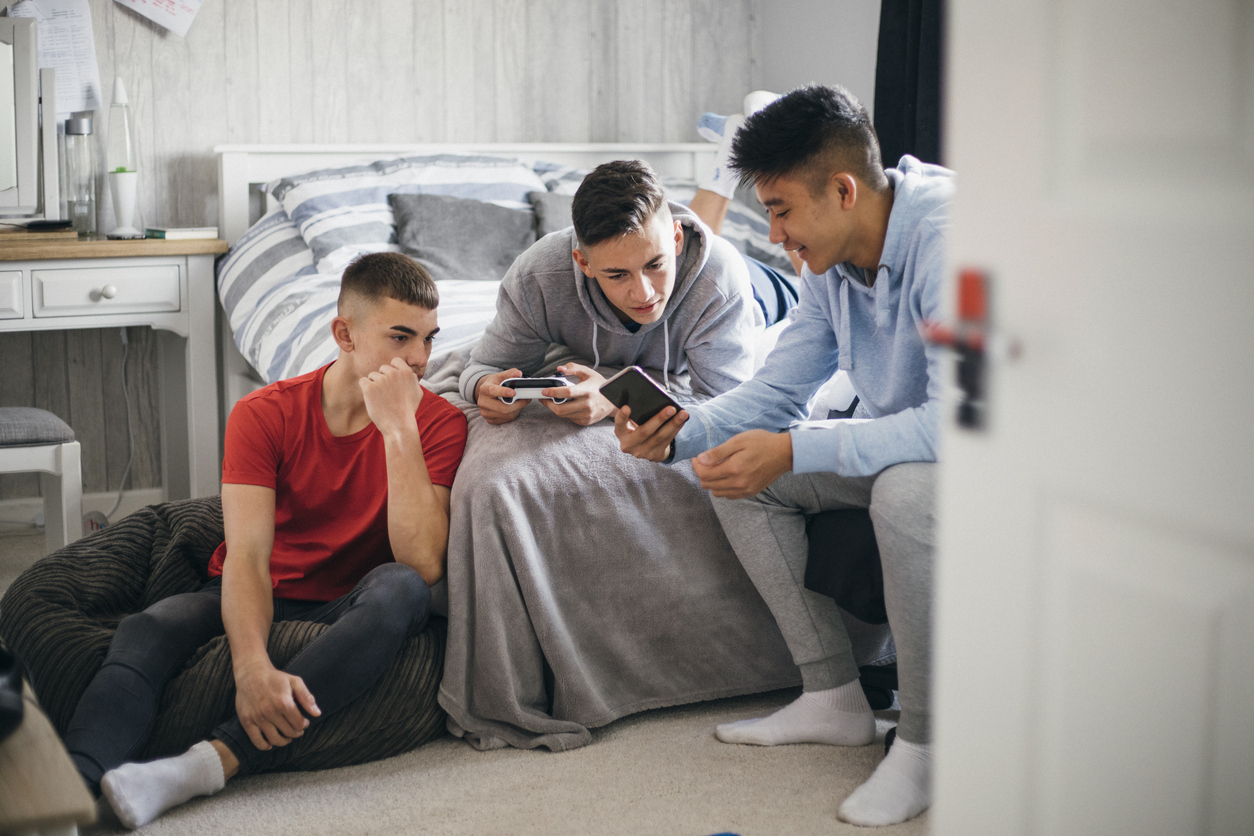
We’ve rightly begun to ask: how can technology be used as force for good and a tool for building social connection?
Our upcoming Tackling Loneliness Hub webinar, ‘Young People & Loneliness in the Digital Age,’ will dive into this question and we’ll explore how we can support digital spaces that foster genuine connection.
Rethinking the role of technology
The future of technology and the digital world isn’t just about efficiency or innovation – It’s about balance. How do we embrace and align technological advancements with our fundamental need for connection? Used wisely, tech can help us to understand loneliness more deeply and inform targeted interventions. Yet if left unchecked, it is capable of amplifying the very issues that we are all here on the Tackling Loneliness hub to try and solve.
Perhaps rethinking technology’s role is the key? Instead of fearing its innovations, we could stop viewing it as a substitute for human contact and start embracing it as a way to enhance it.
AI could, for instance:
- Alert a community worker when someone begins to withdraw, helping prevent isolation before it takes hold.
- Create tools that free frontline staff from admin, giving them more time for face-to-face, meaningful conversations
- Help co-design systems with communities that feel more personal, equitable and inclusive.
- Support people who are new in a place by connecting them with others in their community, like the Neya app an AI-powered ‘super neighbour’ that uses agentic-AI responsibly to connect and introduce local people, linking them to local events, services and more importantly – each other.
Shaping the Future
So perhaps the question isn’t;
“How do we stop tech and AI from increasing loneliness?”’ but ‘“How can tech and AI support our efforts in building social connection?”
Technology is as powerful as the intentions behind it. Alone, technology won’t solve the issue of loneliness – but people can – and will, by bringing compassion, empathy and human insights into the way we design, use and govern technology.
With these values at it’s core, technology can become more than just a tool, it could be our strongest ally in tackling loneliness and building stronger, more connected communities.
Biography

Aba Amihyia
Aba’s background sits at the intersection of communications, community-building, and social impact, with a strong focus on using culture and storytelling to drive connection.
Aba is passionate about creating meaningful moments of exchange and collaboration – especially across sectors and brings a creative lens into all projects – whether it’s shaping campaigns, curating events, or designing digital spaces that feel inclusive and inspiring.
Outside of the Hub, Aba is a Communications advisor for CRAFT (the Comedy Representation & Artform Trust) and founder of the Who We Are Project which explores the role of arts, identity, and social connection in challenging the narrative of a divided Britain.
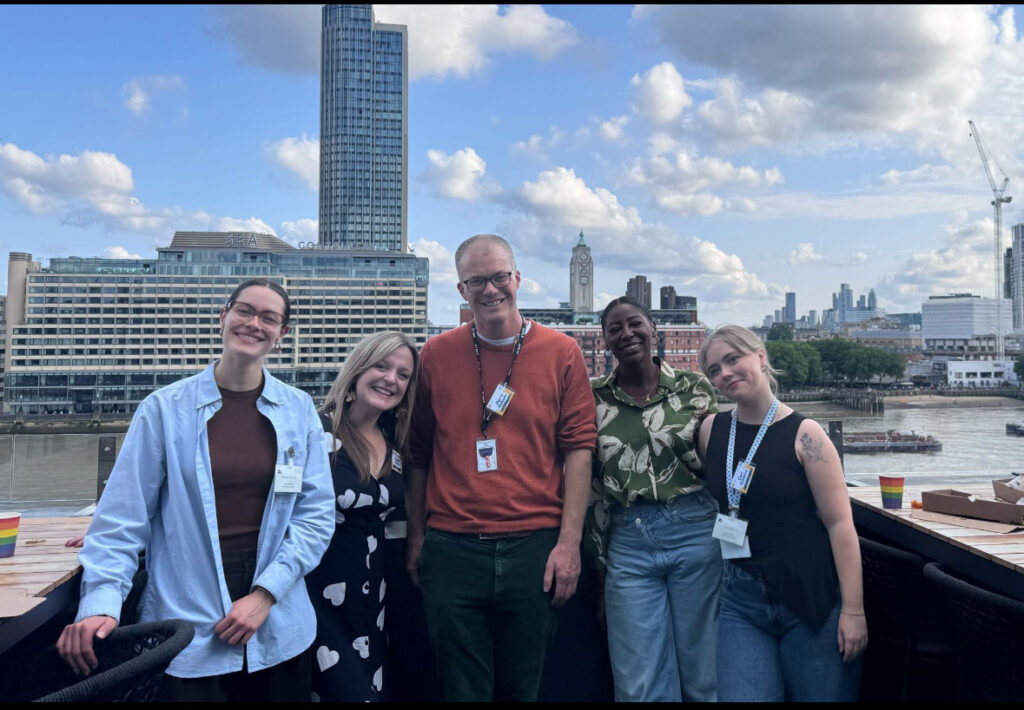

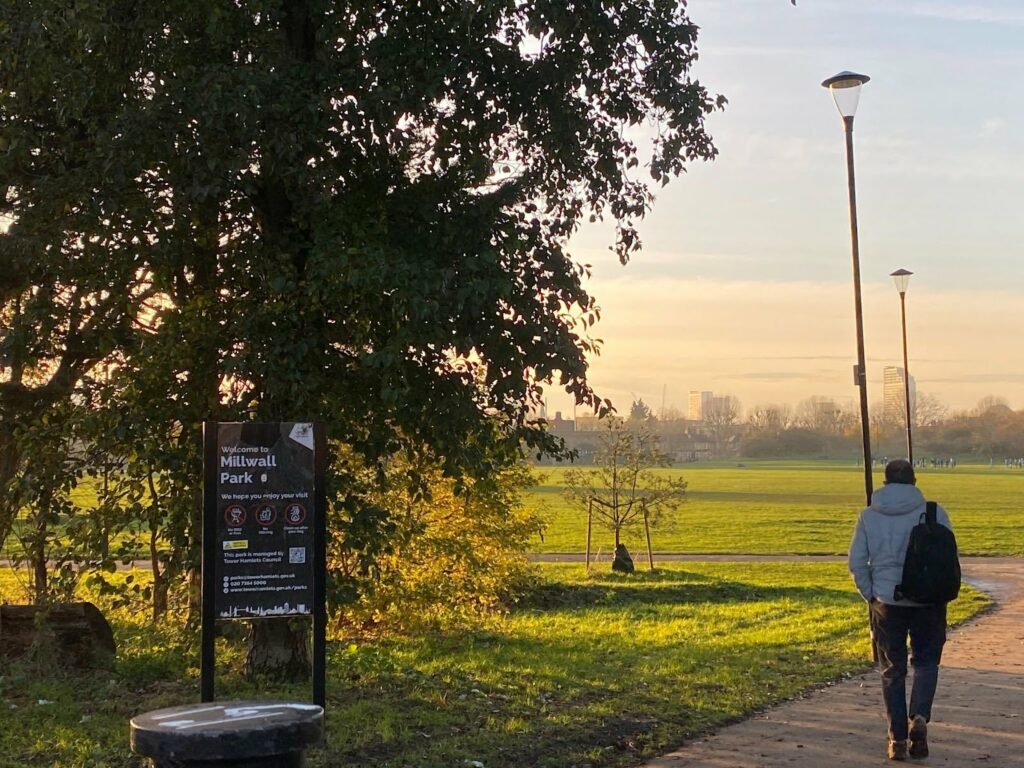
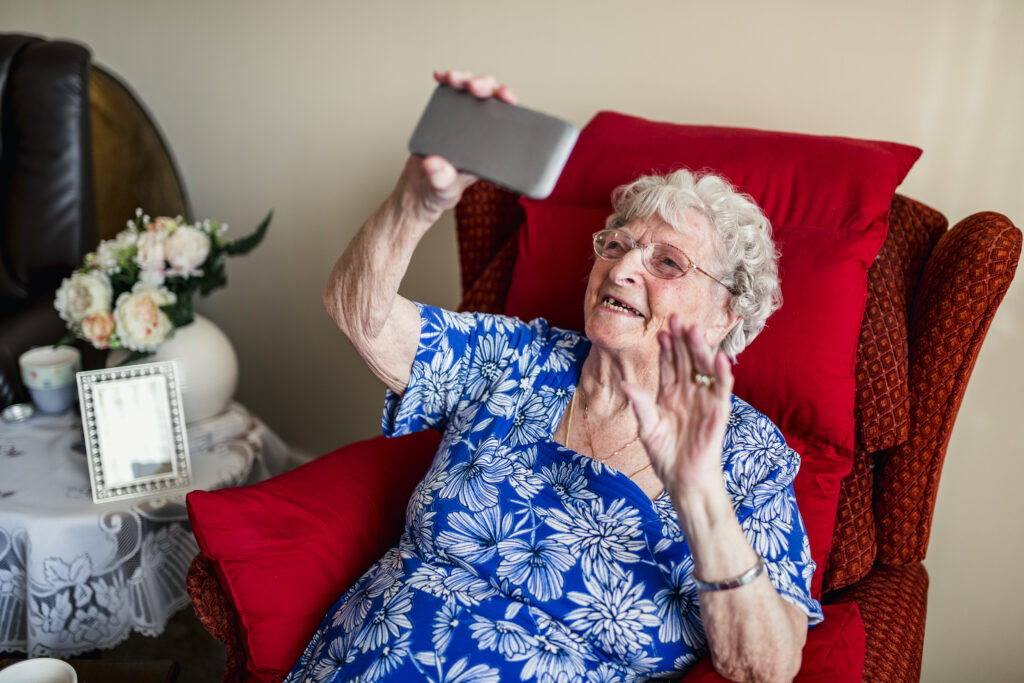
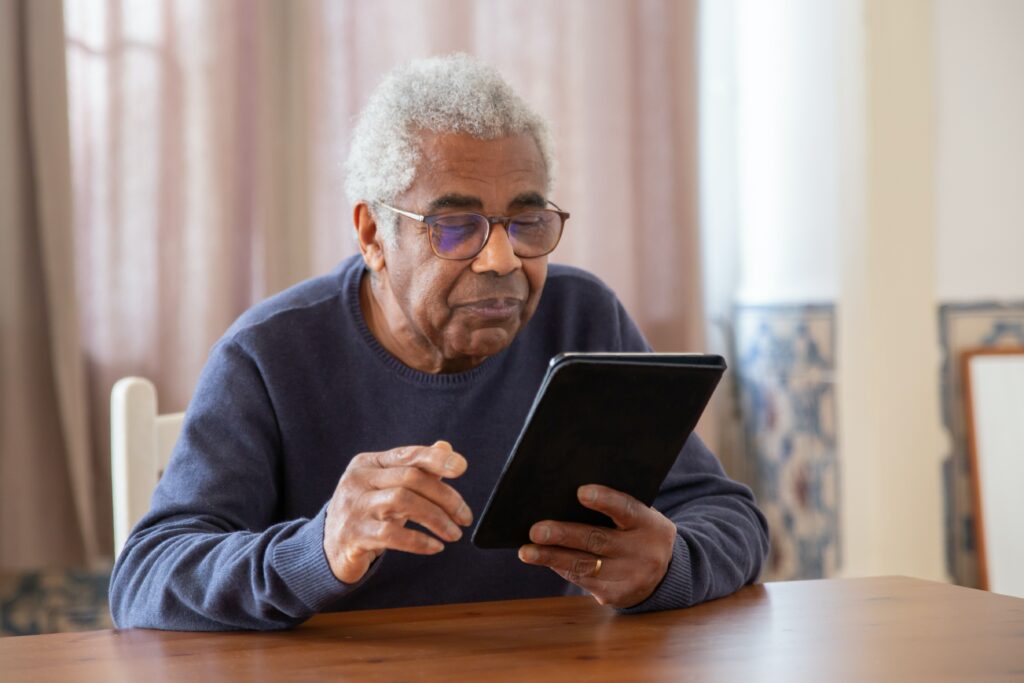
Responses